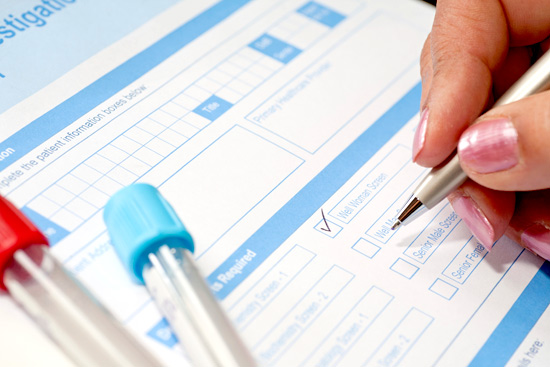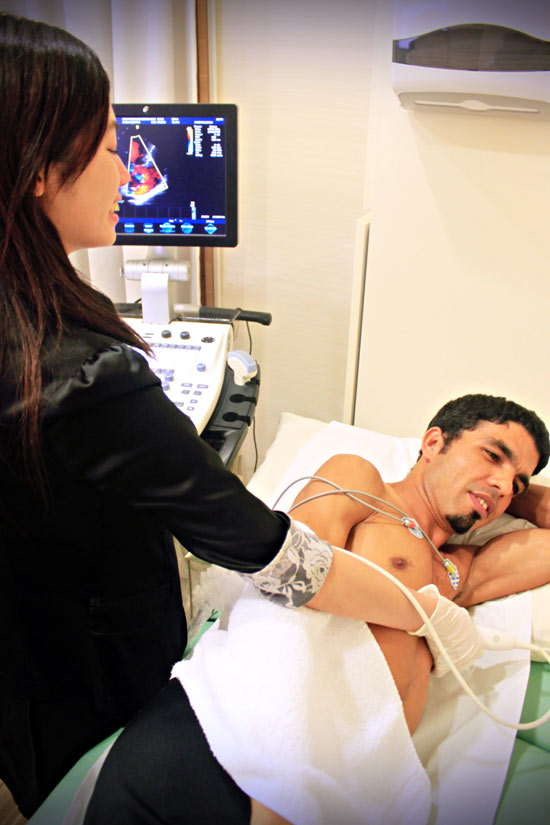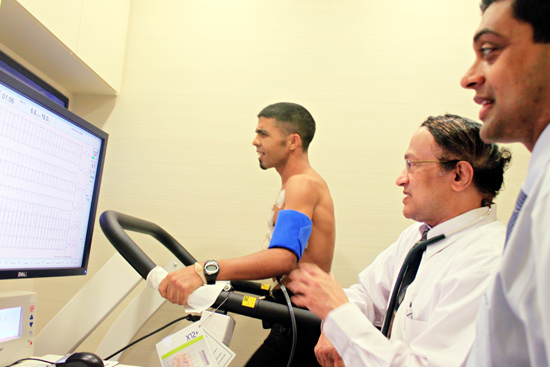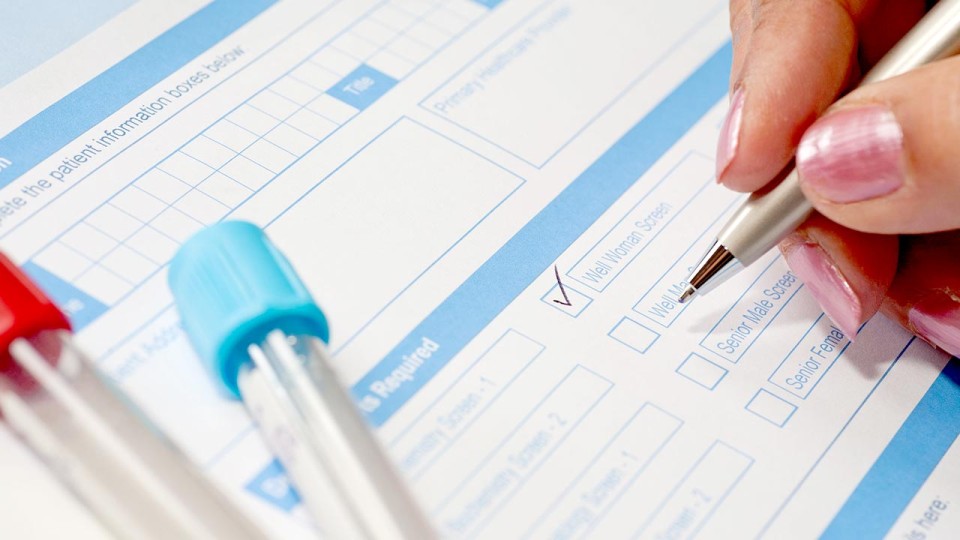You take a deep breath and boldly step into the hospital. There is an air of expectancy but you are not entirely certain what awaits you. Your heart pounds harder and you begin to feel nervous. There is nothing to fear the nurses say with a reassuring smile; it is merely a simple heart screening.
Understandably, many scenarios have played through your mind of what entails a heart screening exercise. As daunting as it may seem, think of it as pampering one of the strongest muscles in your body, especially if you are a runner.
It has been well documented that heart screenings for athletes save lives as many abnormalities and risks attached can be detected before one embarks on strenuous runs.
Now for those who would like to find out what constitutes a heart screening, we will guide you through to provide a better idea on what to expect.
Disclosure of Medical History
Similar to most medical tests, it is a prerequisite for the patient to disclose his or her previous medical history. This includes the medical history of oneself, family members, past symptoms and allergies, as certain congenital abnormalities or family history, which may predispose one to having an increased risk of cardiac arrest or events.
Physical examination
The next phase of the process involves a full physical examination which will include taking blood pressure, height, weight and a basic eye test.
Electrocardiogram (ECG)
The most basic form of heart screening is an electrocardiogram (ECG). An ECG is conducted by recording the electrical activity of the heart by attaching electrodes to the skin of the patient. This will enable doctors to detect any abnormalities including that of heart rhythm, lack of blood supply to the heart called myocardial ischemia and evidence of congenital abnormalities via the electrical activity of the heart.

Fasting Blood Test
Patients are then subjected to a blood test where a fasting period of 10 hours prior to the blood test is required. The blood test will offer the doctor an overview of the red blood cell, white blood cell and platelet count, blood glucose, cholesterol levels, namely HDL (good cholesterol), LDL (bad cholesterol) as well as triglycerides and many others.

2D Echocardiogram
An echocardiogram utilises ultrasound technology to create a sonogram of the heart, similar to that used during pregnancy. The sonogram will give the doctors information such as the pumping capacity, location of any tissue damage, and congenital or acquired abnormalities of the heart.

Treadmill Stress Test
Another common test used in the heart screening process is called the Treadmill Stress Test. Usually accompanied after the echocardiogram, the patient is connected to an ECG terminal and made to walk on a treadmill. The test is conducted to measure the heart’s tolerance for exercise and stress levels which will be mechanically altered by adjusting the slope gradient or speed of the treadmill.

Results Reviewed with Doctor
After all the tests have been conducted, the patient waits for the results to be compiled, after which, they will be reviewed together with a doctor.
So there you have it, a simple, non-invasive heart screening exercise to detect any abnormalities of the heart. It is important to remember that these tests can detect up to 95 per cent of heart abnormalities in trained athletes.





